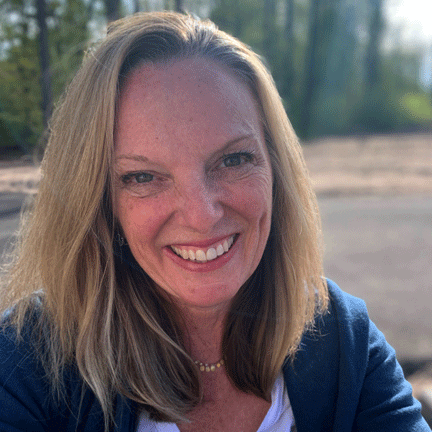Sometimes professional development creeps up on us. All of a sudden, we have a three-hour chunk of time with a group of teachers, and we grapple with how to plan the kind of session that will be the most effective. We talk with other district leaders about what content needs to be tackled most urgently, and we send out agendas to teachers, hoping that they agree with our decisions.
Last spring, we took a different approach with a group of teachers. We collected responses from fifth- and sixth-grade teachers about what topics they hoped would be covered in professional development throughout the year, and created a shared Google document.
“This is what we have heard from you,” we said. “We have also included on the list some of the things we know we have to cover.” For one of the groups, our list looked like this:
I divided the eight teachers into two groups and planned to have them work on another shared document with the year’s opportunities for professional development on it. However, the internet connection wasn’t working. As it turned out, necessity really is the mother of invention.
Instead of working on screens, the two groups worked with sticky notes. They had their five sessions of professional development that were scheduled for the 2017–2018 school year, and both groups wrote each date on yellow sticky notes. Those yellow notes became the top of the columns. Then, they wrote each task from the list of what they wanted to cover on blue sticky notes. For example, “revise social studies units” went on a blue note, as did “revisit assessments.” Within their smaller groups, the teachers moved the blue notes around, discussing and deciding when the work had to be done for it to be the most timely and meaningful.
The group came together with everyone at the table to share their thinking, and the process of diverging and converging led to increased understanding for everyone. They had healthy professional discussions about what needed to happen, when, and why. They analyzed the schedule for the year, discussing individual and group goals and establishing group directives. Once they agreed on how to fit all the tasks within the available dates, they also talked through who would take the leadership role and who needed and wanted to be involved in the work.
By the end of the two-hour session, our internet was working, and we had a year of professional development charted out on a Google document. All the teachers know the year’s plan for professional development, and even more importantly, they have a sense of ownership for the plan. The work of district leaders will be to facilitate and provide specific PD in the places where teachers identified needs.


